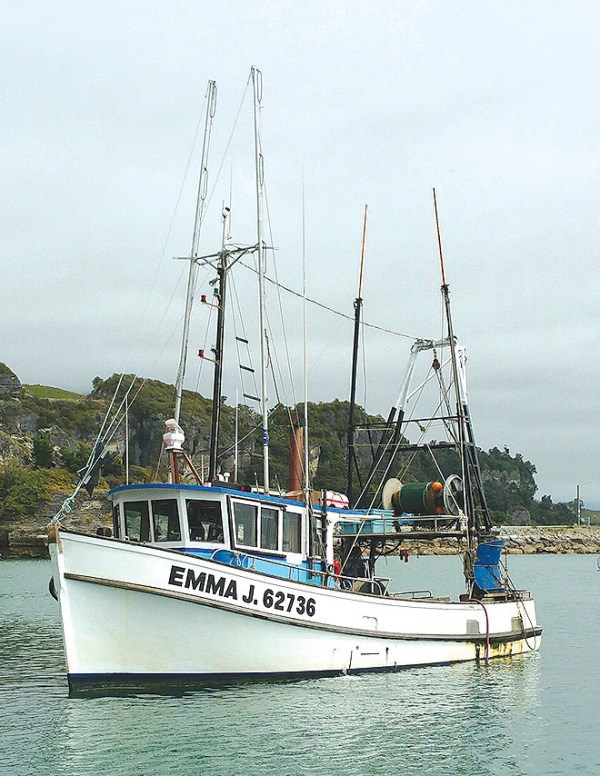
I thought I would share the news update below that was posted by Seafood New Zealand on their website. Seafood NZ is the main representative body for the seafood sector and is tasked with tackling national and global issues affecting the industry.
It is not uncommon to find some researchers not going that extra mile to question the outcome of their science or to not have that science peer reviewed before being published.
The following article was written by Seafood New Zealand and posted to their new ‘MythBusters’ section online. Go to seafoodnz.org.nz to find out more about the industry.
Chief Executive Carol Scott, Southern Inshore Fisheries Management Company Ltd
The fishing industry has been under fire for 12 months after a claim that bottom trawling released more carbon into the ocean than all airline travel. The headline-grabbing claim was made in a press release that accompanied a paper published in the scientific journal Nature.
The paper by Sala et al. 2021 gained international media traction immediately. The paper, more widely, offered up the opinion that increasing Marine Protected Areas (MPAs) to stop fishing would lead to more seafood harvest, more biodiversity, and a reduced carbon footprint—and then went on to make the claim about bottom trawling’s role in carbon production.
Whilst the industry had serious doubts about the veracity of the claim, it has taken until now for the science community to offer up a solid refutation and for the original authors of the report to acknowledge it was flawed.
Ray Hilborn of the University of Washington School of Fisheries and Michel Kaiser of the HeriotWatt University in Edinburgh have had that opportunity and the result has been published in Nature.
Max Mossler, the managing editor of Sustainable Fisheries at the University of Washington, summarises their findings.
“According to Hilborn and Kaiser, the most severe flaw in Sala et al. 2021 is the inconsistent accounting of fishing effort in the author’s MPA scenarios.
In the carbon and biodiversity model, Sala et al. assume that when an area is placed into an MPA, the fishing effort that was previously there disappears. But, in the food provisioning model, the paper assumes fishing effort moves to other areas open to fishing. This upwardly biases their claims that MPAs could simultaneously reduce carbon footprint, improve biodiversity, and increase catch.
MPAs certainly reduce fishing effort inside a protected area, but in the real world, fishing effort does not simply disappear— it moves outside the MPA to places where fishing is still allowed. In this scenario, the benefits to carbon emissions and biodiversity presented in Sala et al. would significantly decrease, perhaps even show a net negative response because fishing effort generally goes to places with high catch rates, and if forced to fish elsewhere, more effort is required to achieve the same catch.
In their response to Hilborn and Kaiser, the original authors acknowledge that the attention-grabbing statistic in the press release that bottom trawling releases more carbon into the ocean than all airline emissions would only be true if fishing effort disappears.
Mossler points out that Nature has yet to publish a comment pointing out other issues in the carbon model that show Sala et al. overestimated their projections by up to 100 times
Regardless, picking and choosing fishing effort assumptions for different computer models is a clear bias—one that was especially deceiving as the assumptions were not evident in the text of the paper, only deep into the supplementary materials.”
Hilborn and Kaiser also take issue with the premise that MPAs are a fisheries management tool, and we will cover that in a later column.
The industry is grateful to Hilborn, Kaiser, and other pioneers in the marine science fraternity who continue to question the work of their peers.












